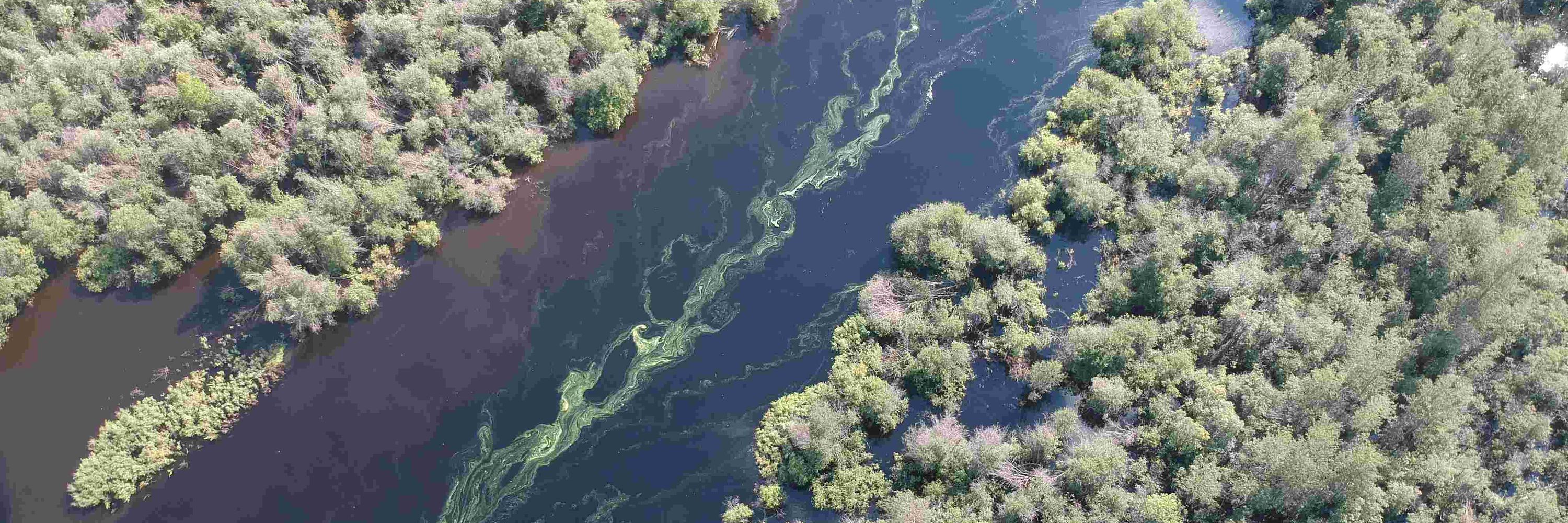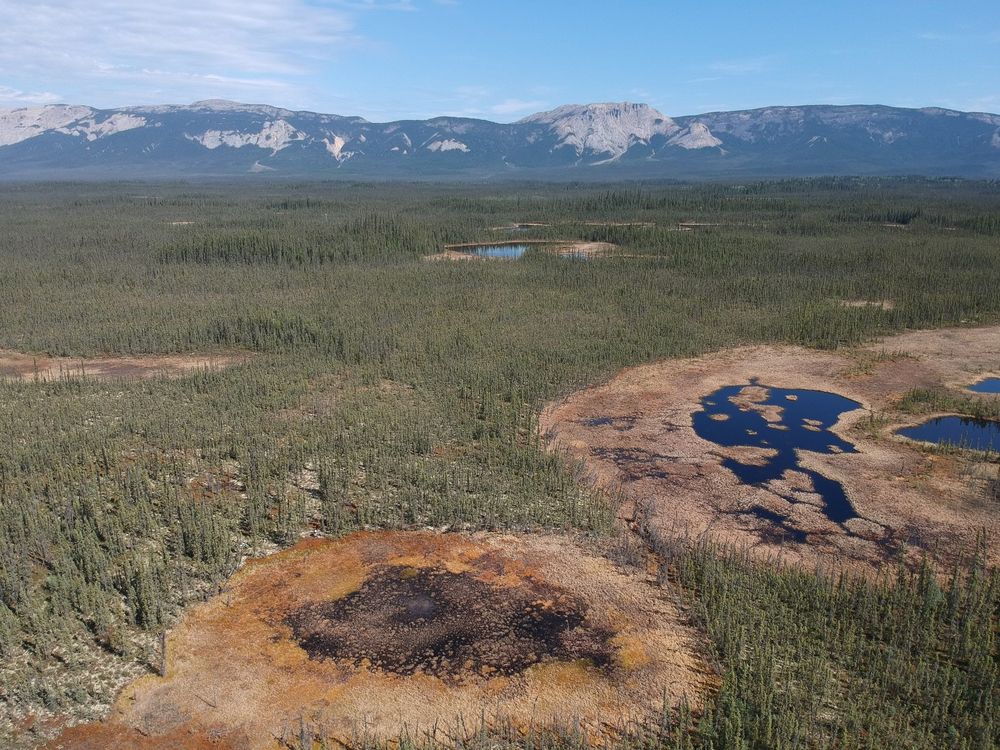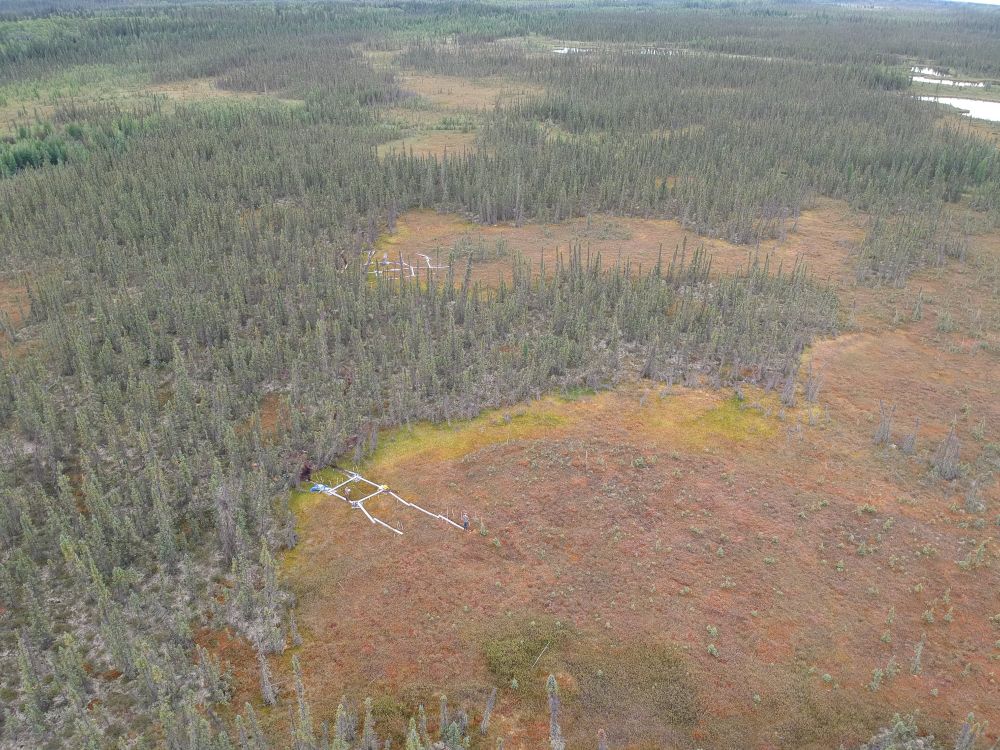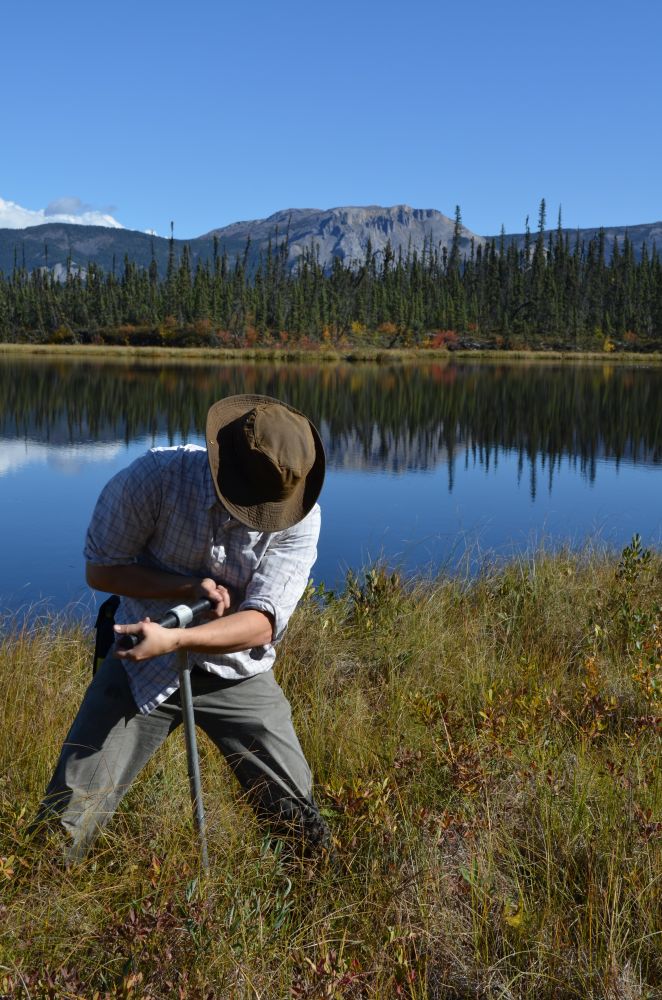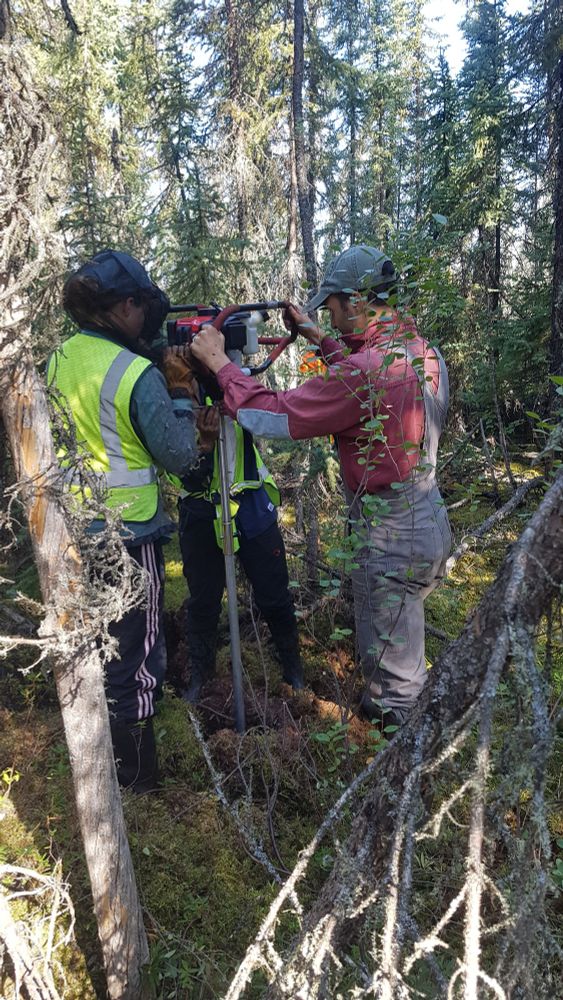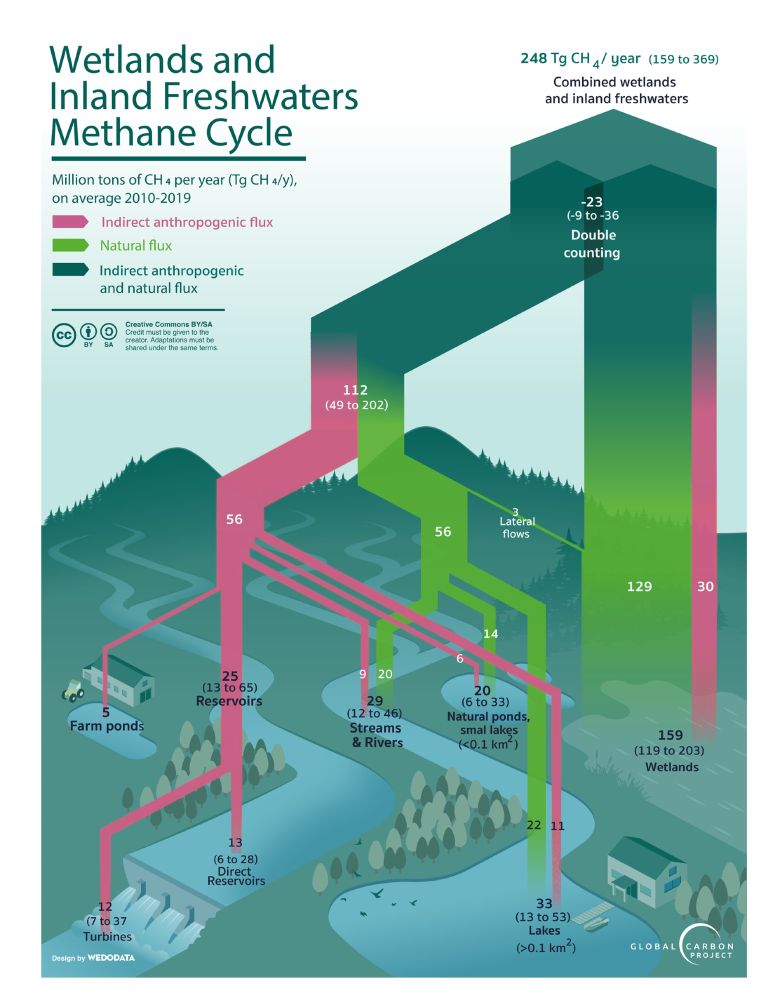David Olefeldt
@olefeldt.bsky.social
4.6K followers
290 following
55 posts
Professor in Catchment and Wetland Sciences at University of Alberta. Research on impacts of disturbances on function of northern peatlands, with focus on carbon cycling, greenhouse gas emissions, and on downstream water quality.
Posts
Media
Videos
Starter Packs
Pinned
David Olefeldt
@olefeldt.bsky.social
· Aug 28

Current and future methane emissions from boreal-Arctic wetlands and lakes - Nature Climate Change
How much methane will be emitted from the boreal-Arctic region under climate change is not well constrained. Here the authors show that accounting for distinct wetland and lake classes leads to lower ...
www.nature.com
David Olefeldt
@olefeldt.bsky.social
· Aug 28

Current and future methane emissions from boreal-Arctic wetlands and lakes - Nature Climate Change
How much methane will be emitted from the boreal-Arctic region under climate change is not well constrained. Here the authors show that accounting for distinct wetland and lake classes leads to lower ...
www.nature.com
Reposted by David Olefeldt
Reposted by David Olefeldt
Guido Grosse
@grosseguido.bsky.social
· Jul 28

A Review of Abrupt Permafrost Thaw: Definitions, Usage, and a Proposed Conceptual Framework - Current Climate Change Reports
Purpose of Review We review how ‘abrupt thaw’ has been used in published studies, compare these definitions to abrupt processes in other Earth science disciplines, and provide a definitive framework f...
doi.org
David Olefeldt
@olefeldt.bsky.social
· Jul 20
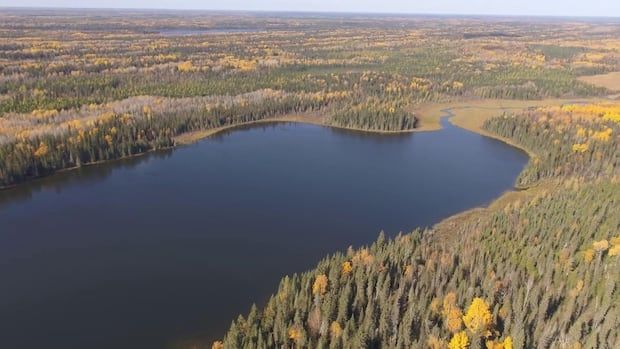
Carbon emissions from Canada's wildfires are spiking. But that's not counting our vast peatlands | CBC News
A new government model to estimate peatland emissions and their impact on climate change could provide a new perspective on the problem — and spark new discussions about solutions.
www.cbc.ca
Reposted by David Olefeldt
David Olefeldt
@olefeldt.bsky.social
· Jul 18
Reposted by David Olefeldt
Reposted by David Olefeldt
David Olefeldt
@olefeldt.bsky.social
· Jun 4
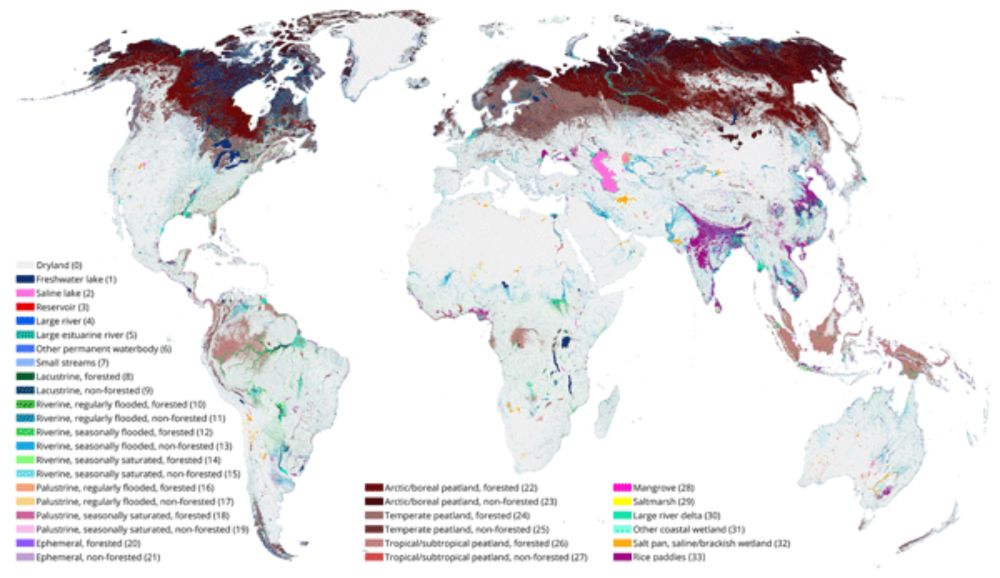
Mapping the world's inland surface waters: an upgrade to the Global Lakes and Wetlands Database (GLWD v2)
Abstract. In recognition of the importance of inland waters, numerous datasets mapping their extents, types, or changes have been created using sources ranging from historical wetland maps to real-tim...
essd.copernicus.org
Reposted by David Olefeldt
Reposted by David Olefeldt
